Cree is one of the world's leading manufacturers of LED (light-emitting diode) chips, and its market advantage comes from its unique GaN (silicon carbide) substrate growth GaN (gallium nitride) technology, Cree LED chip products are highly competitive in the high-end market. Its high level of technology (high luminous efficiency) leads the industry. However, the high price of Cree is not conducive to its market development. The so-called: the development of the future of Cree, Cheng also price and price.
High level of technology, leading to global luminous efficiency
â—High power white LED light efficiency reaches 208lm/W
â—Lighting grade XLampXMLED light effect up to 160lm/W
In February of this year, Cree announced the latest research and development results of the laboratory, the high-power white LED's luminous efficiency reached 208lm / W. And only in the two months before this, the indicator is 186lm/W. This research and development achievement has a milestone in the LED industry. The 186 lm/W two months ago is also the highest in the world.
In the interview, Tang Guoqing, general manager of Career China Market, said that Cree has unique material technology and advanced white light technology in gallium nitride (GaN) and silicon carbide (SiC). In February of this year, the level of white light LED light efficiency laboratory reached 208 lm / W, although it is a laboratory level, but it is of great significance. In April of this year, Cree launched the lighting-grade XLampXMLED with a luminous efficacy of 160 lm/W, which is also leading the world.
John Edmond, one of the founders of Cree and director of advanced optoelectronic devices, said: "We have now exceeded the barrier of 200Lm/W, a single-chip high-power white LED, which is the result of improved blue light output power and reduced work. Voltage to achieve higher conversion efficiency. We will continue to promote white LED technology, so that white lighting products in the market continue to achieve higher light efficiency."
Although this level of performance LED is currently not in volume production at Cree, Cree's high-performance series of LEDs still maintains its position as an industry leader.
Cree is the world's leading LED manufacturer. With the continuous development of the landscape lighting market and the approach of the general lighting market, Cree is increasing its efforts to develop high-power LED products. In the high-power LED market, Cree is highly competitive. In 2007, Career acquired Huizhou Huagang, a domestic packaging company. Huagang is mainly engaged in the production of low-power LED products. After the acquisition of Huizhou Huagang, Cree has made its market competitiveness from small power to high-power LED products, and the product series is more complete. At present, Cree products have been widely used in various fields, especially in the field of lighting. Cree products have been adopted by national key projects for many times, and there are Curry figures from the Beijing Olympic Games to the Shanghai World Expo.
The advantage of Cree is still very obvious. The company's technical strength is obvious to all, and it is competitive in the high-end market. In addition, the company's industrial chain is relatively complete, from upstream substrates, chips to packaging and lighting. In addition, the company has a number of patented technologies, which is a tool for Career to maintain its monopoly position.
Positioning high-end lighting to avoid large-size backlights
â— Indoor and outdoor general lighting, outdoor signage, architectural lighting, etc., is a growth point
â—Do not participate in price competition and avoid large-size backlight market
Christophor James, vice president of strategic and business development at Cree, once said that the supply shortage in the LED market is long-term. There are two main markets here, one for general lighting and one for backlighting.
General lighting is developing steadily. ChristophorJames believes that this is the result of the accumulation of power and the adoption of new technologies over the past five years. According to Philips, LED lighting will account for 90% of the lighting market by 2020.
The backlight was developed two years ago. ChristophorJames believes that the backlight market is growing rapidly and the market is in short supply. Before the supply stabilizes, there may be a brutal battle between manufacturers, and the competition will be fierce. “There may be malicious bargaining, over-exaggerated advertising and manipulation of the market from TV and laptop backlight manufacturers. Only the large scale can produce low-priced, high-quality, high-reliability products. The manufacturers can be the final winner," Christophor James said. ChristophorJames believes that ordinary lighting is different. General lighting relies on product innovation and continuous advancement of technology. It requires strategic marketing, application marketing, application engineers, etc., and requires a combination of optical, thermal, electronic components and systems to achieve. The backlight is mainly faced with challenges in the manufacturing process, the technology is mature, and the company with scale has advantages. The synergy between manufacturing processes and technology can reduce costs. ChristophorJames said that Cree's LED products are used in a wide range of applications, including portable applications such as flashlights and indoor and outdoor general lighting, outdoor signs, signal lights, indicator lights and architectural lighting, which are the growth points of Cree. However, we did not find that Mr. Christophor James mentioned the backlight.
Therefore, it is not difficult for us to understand that Cree is more optimistic about the high-end lighting market, and adopts an evasive attitude towards the large-size backlight market. In the interview, I also felt that Career was worried about the cost and price of the backlight market. Relevant people interviewed include LED extensions, chip manufacturers and packaging companies, as well as end users. They all feel that Cree is avoiding the backlight market, not because of technical reasons, but more because of price and cost considerations. Concerns about competition between Korean and Chinese Taiwanese companies. However, some people think that there is a bottleneck in technology, otherwise it seems unreasonable to give up the attractive backlight market. However, the lighting market is larger and has more development potential. Instead of competing with South Korea and Taiwanese companies in the backlight field, it is better to take the high-end route and lead the lighting market. After all, the development of the lighting market is longer.
The increasingly fierce competition will become a barrier
â— The material is good, but the price is too expensive, two to three times more expensive than the average product.
â— When the level of products from other domestic manufacturers catch up, its high price will be difficult to maintain.
Cree's antistatic performance is well known in the LED industry. Cree's products have high brightness and stable quality. At the same time, the chip's single-line package, not afraid of static electricity, and small attenuation are the advantages of Cree. However, the high price of Cree is also a word of mouth. In the interview, it was learned that Cree's chips and devices cost two to three times more expensive than general products. Some users said that Cree's products are of good quality, but the price is too expensive, so they are generally selected only when the customer specifies that the customer has a demand. In this case, the display field will encounter more. In the lighting field, there are not many products to choose from, and there are quality requirements. Therefore, although the price of Cree products is high, there is no choice.
Therefore, it is not difficult for us to find out that the future development of Cree is the price of Cheng also lost. The high price is that their products are highly monopolistic and unwilling to come down, or the technical problems are not overcome, so that the price can not be lowered. Some experts believe that both have. At present, Cree technology is far ahead, and its high price can be maintained when there are gaps in other manufacturers' levels. But when the level of products of other manufacturers catch up, its high price can not be maintained, it is difficult to say how long it can last.
In the semiconductor market, Cree realized the monopoly of its own products. In fact, while ensuring the quality and high price of silicon carbide (SiC), Cree is also tasting the bitter fruit of slowing growth. The semiconductor market is the same, and the LED market is the same.
The competition of the future industry will depend on two aspects, one is technology and the other is scale. This is true of any industry, and the LED industry is no exception. As far as the LED industry is concerned, the technology includes improving luminous efficiency and reducing costs. On the scale, it is not difficult to understand that the large scale can of course greatly reduce the cost, and the market bargaining power is strong. With the advancement of technology and the growth of domestic and foreign companies, especially the breakthrough of different technology routes, it is an indisputable fact that the high price of Cree will be difficult to maintain for a long time. However, as a leader in the industry and a leader in technology, Cree has reason to believe that Cree will not let its high price disadvantage become a roadblock in its development process.
LED main supplier competitiveness analysis
Nichia: The sapphire patent covers a wide range
Japan Nichia is the world's leading LED manufacturer and the world's largest InGaN LED manufacturer. Phosphor is an important product of Nichia. Nichia's chemical products include LEDLamp (LED) and SMD (Surface Mount) LEDs. At present, Nichia Chemical Lamp products have strong market competitiveness in the high-end display market, and SMD products are highly competitive in the backlight market. Nichia has many technical patents for blue light and phosphors used to produce white light. Nichia is mainly focused on the high-end market, which does not sell chips separately. High-brightness blue and white LED products are the focus of R&D of Nichia. At present, it has a competitive advantage in markets such as display screens and backlights. The advantages of Nichia chemistry are high product quality and good stability, and strong competitiveness in the research and development of blue and white light products. The problem is that the price of the product is relatively high, and the high-power white light products are not superior to the European and American companies. In addition, many patent technologies owned by Nichia Chemical are facing expiration problems. By then, it will be difficult for Nichia to protect its market advantage through patent litigation.
Cree: Perfect vertical supply chain
Cree is the world's leading LED manufacturer. In terms of LED chips, Cree mainly uses SiC substrate to grow GaN. Cree's LED chip products are highly competitive in the high-end market. In 2007, Cree acquired Huizhou Huagang, and Cree made its semiconductor lighting product series more complete after acquiring Huizhou Huagang. In 2008, Cree acquired LEDLight-ingFixtures (LLF), a LED lighting manufacturer, to further strengthen Cree's competitiveness in the LED lighting market. Cree's industrial chain layout extends from chips and packages to downstream lighting, establishing a relatively complete vertical supply. chain. At present, Huizhou has become Cree's most important LED packaging base, and Cree's 85% packaged products are from Huizhou base. In addition to packaging products, Cree is also actively establishing its first overseas chip production base in Huizhou, and is expected to mass production in the second half of this year. At present, Cree products have been widely used in various fields, especially in the field of lighting, Cree products have been repeatedly adopted by national key projects. Cree products are mainly aimed at high-end applications. Future high-brightness, high-power LED chips and packaged products will be Cree's key research and development direction. High-end applications such as landscape lighting, automotive applications and lighting are key target markets for Cree products, and large-size backlighting is not the focus of Cree's development.
Lumileds: High-power lighting market dominates
Founded in 1999, Lumileds is the world's leading provider of high-power LED and semiconductor lighting products and is currently a wholly-owned subsidiary of Philips. Lumileds products mainly include LUXEON, SuperFlux, SnapLED and LEDDie products. Lumileds has strong market competitiveness in the high-power lighting market and the automotive headlight market. In 2009, Lumileds opened a new office in Shanghai to support Lumileds Semiconductor Lighting Solutions Development. Lumileds is primarily targeted at the high-end applications market. Power LED and SMDLED are the development focus of Lumileds. Lighting, car lights, traffic lights, and large-size backlights are key applications for Lumileds. Lumileds has no production base in China, an office in Beijing, and a new office in Shanghai in 2009. Lumileds' focus and investment in the Chinese market continues to increase. Lumileds has strong technical strength but high product price positioning.
OSRAM: Strong lighting terminal products
Osram is one of the world's two largest light source manufacturers. Headquartered in Munich, Germany, the R&D and manufacturing base is in Malaysia and is a wholly owned subsidiary of Siemens. Osram has a number of world-leading patents, and many world-renowned projects have chosen OSRAM's lighting products and solutions, including some key projects in China. OSRAM has three production sites in China and a research and development center. OSRAM (China) has become a strength centre for OSRAM's Asia Pacific region and plays an important role in OSRAM's global strategy. Osram's lighting products cover more than 5,000 varieties, including: fluorescent lamps, halogen lamps and so on. LED lighting products are the key development products of OSRAM in the future. Osram has a leading edge in fluorescent materials for white LEDs.
Philips: There is upstream chip support
Philips Lighting is one of the world's leading manufacturers of light sources, including automotive lighting, road lighting, and ambient lighting. In the future, the application and technology of new lighting, Philips will also be in a leading position, such as LED technology. Philips' established leadership in LED chips is mainly due to the acquisition of Lumileds. Lumileds was formed by Agilent and Philips in 1999. In 2005, Philips completely acquired the company. It has advantages in high power white light illuminating dies.
Seoul Semiconductor: The potential is not to be underestimated
South Korea's Seoul Semiconductor (SeoulSemi conductor) has grown faster than the overall LED market in recent years and has been steadily rising, and has risen to the ranks of the world's top LED chip manufacturers. Seoul Semiconductor's main products include high-brightness high-power LEDs, side-light LEDs, top-light LEDs, SMD LEDs, plug-in LEDs and piranhas (super-light) LEDs. Seoul Semiconductor has "MODULE" technology and "DIGITAL" loop technology, and has solutions including blue and white LEDs, as well as ultra-mini and ultra-thin technologies. The future development of Seoul Semiconductor cannot be underestimated.
Toyota Synthetic: The advantages of automotive LEDs are obvious
Japan's Toyota Synthetic (ToyodaGosei) car LED has obvious advantages. In 1987 Toyota Synthetic successfully formed LED electrodes on sapphire. Therefore, some people regard Toyota Synthetic as "the pioneer of blue LED." Toyota Synthetic has developed at a relatively fast pace in recent years. Automobiles and large-size LCD backlights are the target markets for Toyota Synthetic. The design and development of lighting applications is also in full swing.

This brush is Plastic Brush. There are some kinds of plastic brushes in it. Now I will introduce some informations for you. Plastic brush is made up of ordinary plastic brush,plastic brush with small wheel and water absorption brush. Plastic brushes will increase of service life,so it will save your money. Every plastic brush has two lines of preventing ESD. They can effectively eliminate ESD and also can eliminate a large number of mites. Plastic brush is also a dual purpose brush. It not only can clean the wooden Floor,but also the carpet. So it will let your homework easily. Water absorption brush is also a plastic brush,it can sweep the floor that with some water or some liquid state thing. Its suction power is very high. Now let's see some pictures about it.
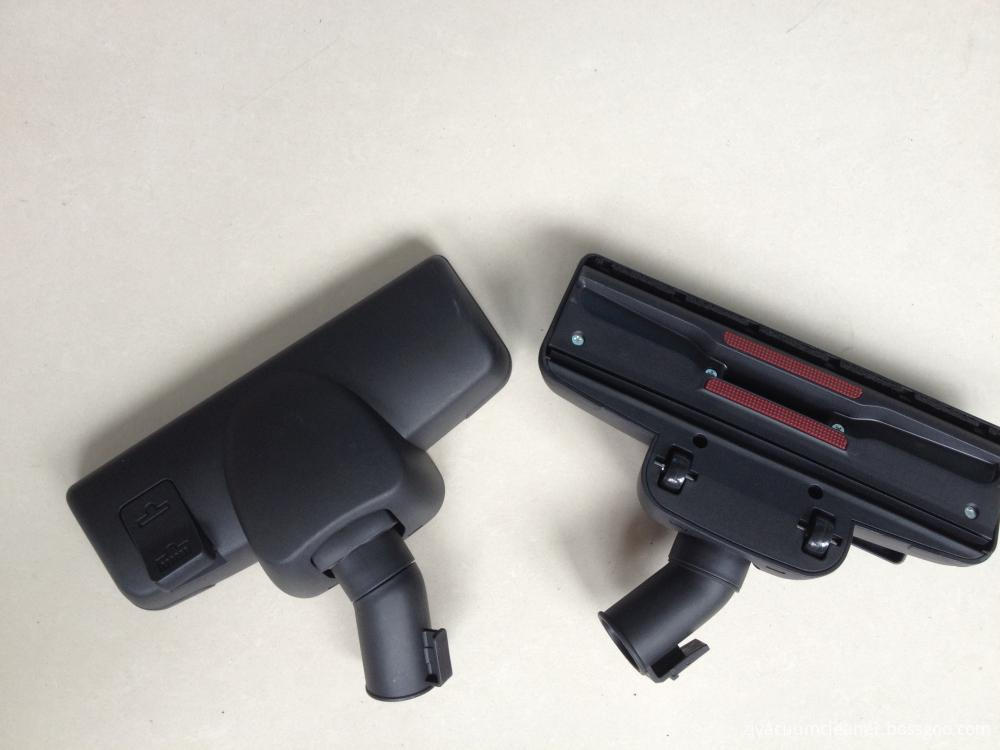
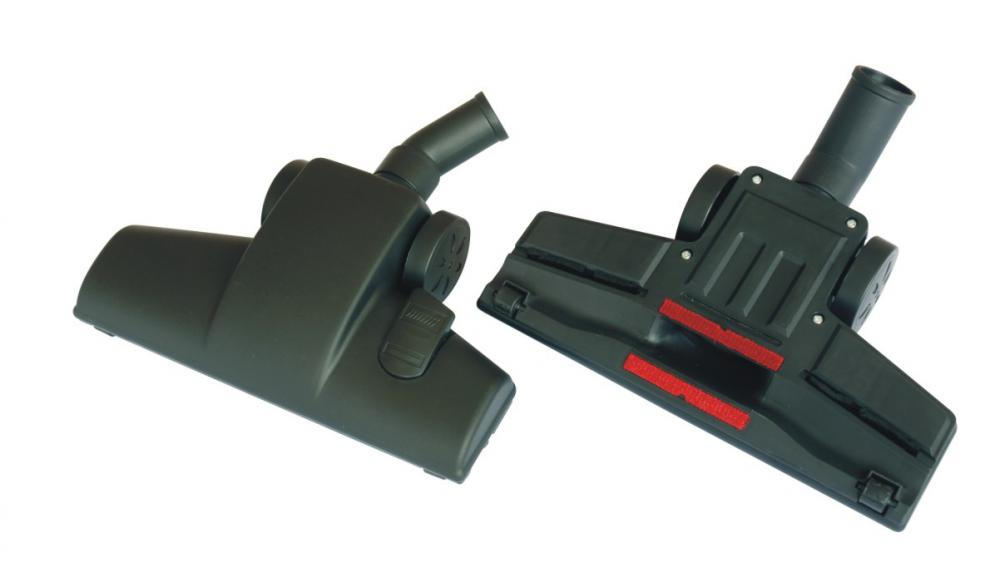
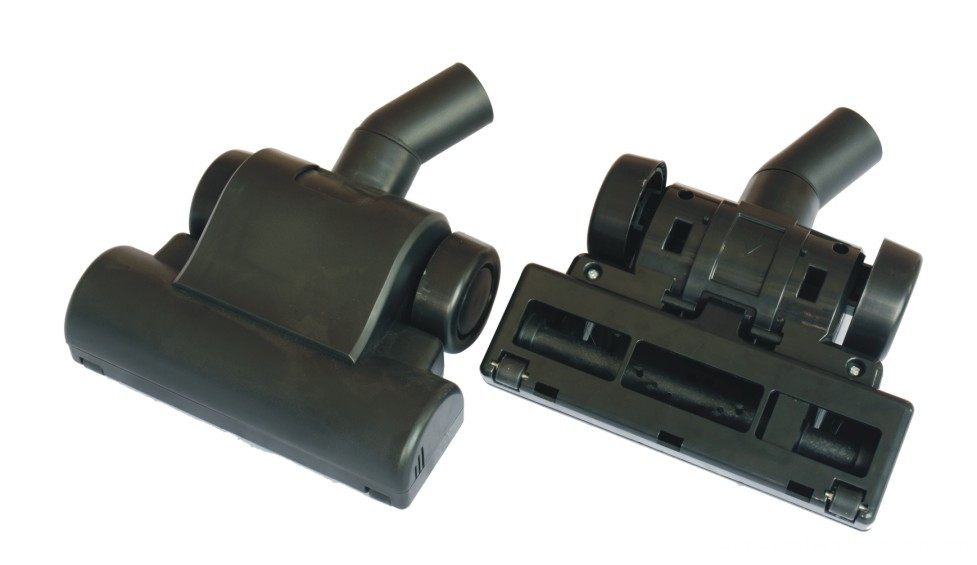

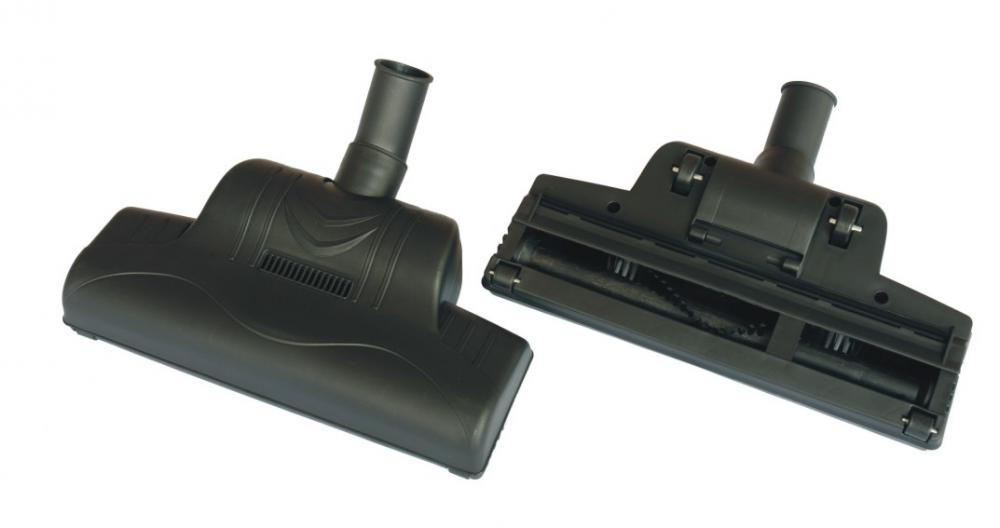
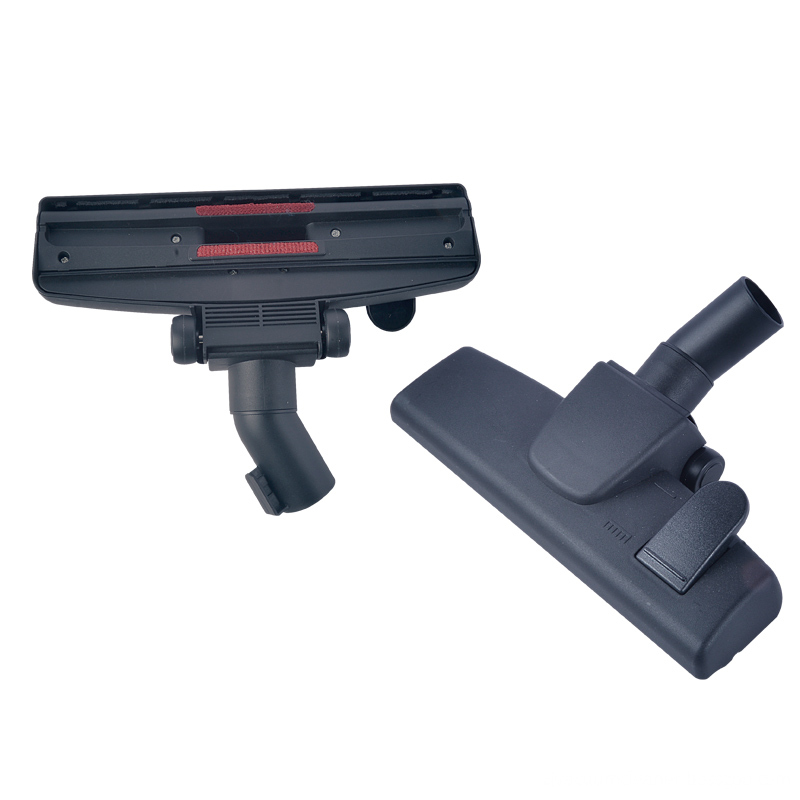
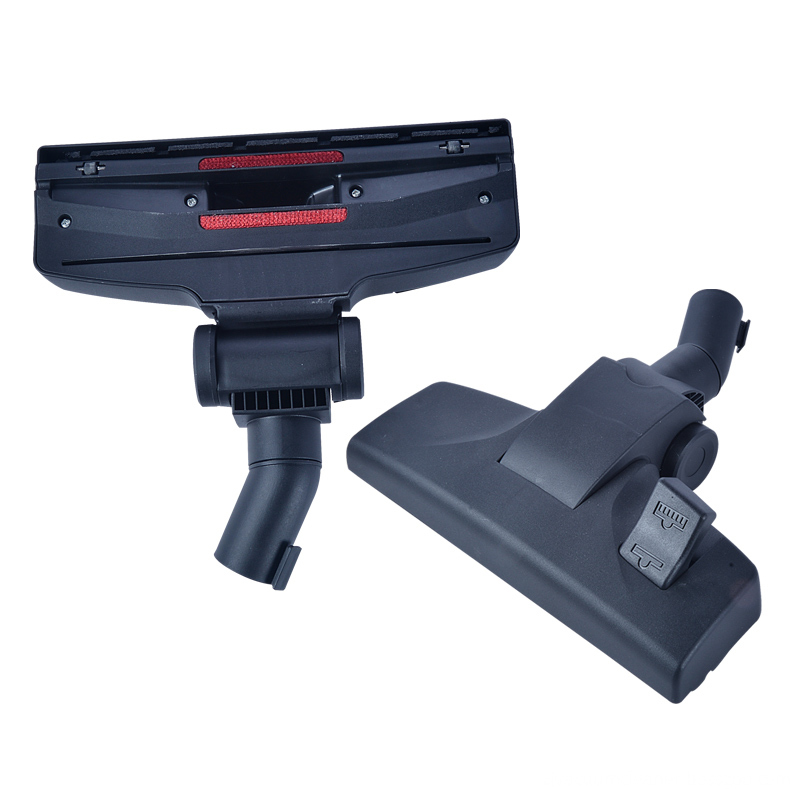
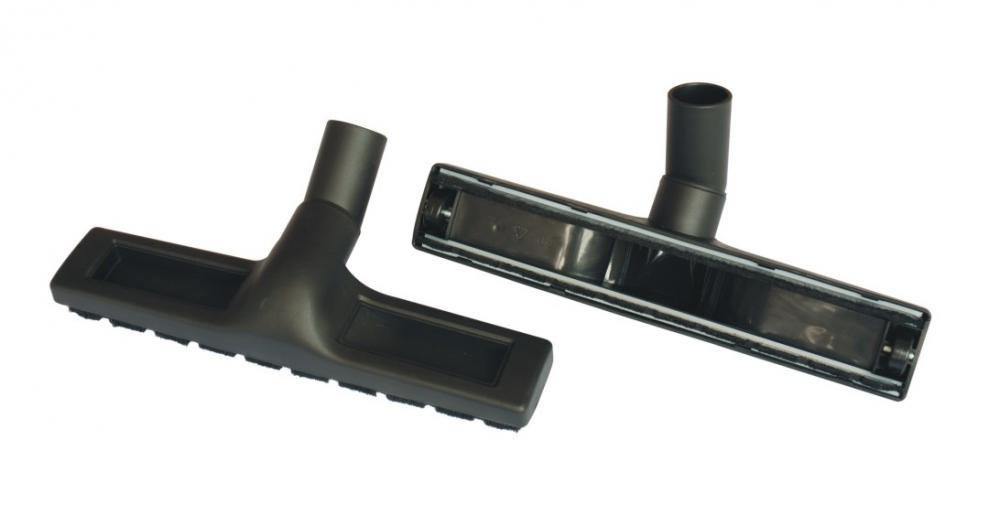
Plastic Brush
Plastic Brush, Plastic Brush, Plastic Floor Brush, Plastic Cleaning Brush
Ningbo ChinaClean Household Appliances Manufacture Co., Ltd. , http://www.chinaclean-elec.com